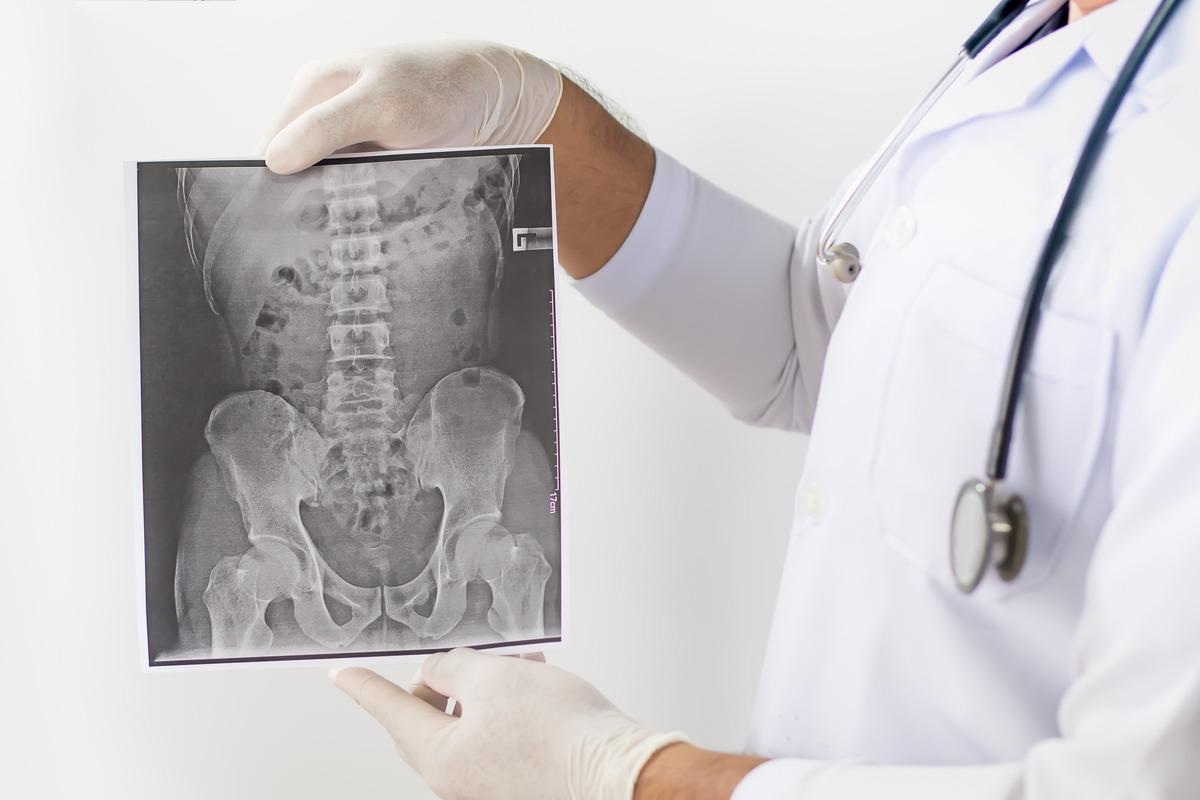In a recent study posted to The Journal of Rheumatology, researchers estimated the immunogenicity of severe acute respiratory syndrome coronavirus 2 (SARS-CoV-2) vaccination in a Belgian cohort of patients with ankylosing spondylitis (AxSpA).
 Study: Open Access Immunogenicity of COVID-19 vaccination in patients with ankylosing spondylitis: a monocentric prospective belgian cohort study. Image Credit: BENCHAMAT/Shutterstock
Study: Open Access Immunogenicity of COVID-19 vaccination in patients with ankylosing spondylitis: a monocentric prospective belgian cohort study. Image Credit: BENCHAMAT/Shutterstock
Vaccination is critical in limiting the SARS-CoV-2-induced coronavirus disease 2019 (COVID-19) pandemic. A high chance of severe SARS-CoV-2 infection exists in individuals with inflammatory rheumatic diseases (IRD), and hence, COVID-19 vaccination is specifically pertinent in these cohorts.
Further, information about the immunogenicity of COVID-19 vaccines in AxSpA patients remains scarce. The majority of the previous investigations concentrated on heterogenous IRD patients, and messenger ribonucleic acid (mRNA)-based COVID-19 vaccines indicated that these cohorts had lower anti-SARS-CoV-2 spike (S)-specific immunoglobulin G (IgG) antibody (Ab) titers than the healthy controls.
About the study
In the current prospective study, the researchers evaluated SARS-CoV-2 vaccine responsiveness in a homogenous monocentric cohort of individuals with AxSpA in Belgium. The investigation was conducted from June to October 2021. Before enrollment, all subjects submitted a written informed consent.
Adults aged 18 years or older with AxSpA, defined by the Assessment of SpondyloArthritis international Society (ASAS) classification criteria, treated in the rheumatology department of the Erasmus Hospital, Brussels, Belgium, were requested to enroll. The participants were only eligible if they had no prior incidence of SARS-CoV-2 and were fully vaccinated against COVID-19.
Fully vaccinated status meant that the patients had received two shots of ChAdOx1 nCoV-19 or mRNA vaccines or a single dose of Ad26.COV2.S vaccine. From the medical records of the 36 enrolled patients, clinical, demographic, and AxSpA-specific data were procured. The vaccination-induced humoral immunity was estimated by quantifying the anti-SARS-CoV-2 S Ab titers at one and three months following COVID-19 vaccination employing the LIAISON® SARS-CoV-2 TrimericS IgG test.
Findings
The results show that the 36 individuals with AxSpA fully vaccinated against SARS-CoV-2 included in the study had a median age of 47 years, median AxSpA disease course of 11 years, 47.2% were females, and 91.7% met the New York (NY) criteria for AxSpA. Further, of the 36 patients, 27 were on immunosuppressives.
Two participants were under anti-interleukin 17 (IL-17) biotherapy and 25 under anti-tumor necrosis factor (TNF), implying all were under monotherapy. However, none of the patients were on corticosteroids. Nearly 61.1% of the patients were vaccinated with BNT162b2, 11.1% with mRNA-1273, 25% with ChAdOx1 nCoV-19, and 2.8% with Ad26.COV2.S vaccines. During the peri-vaccination phase, no underlying therapy was amended.
The patients were divided into two groups based on their therapy: nine patients without immunosuppressives and 27 patients on immunosuppressives. The group without immunosuppression had 77.8% females compared to those with immunosuppression at 37%. Apart from that, both groups were identical. While anti-SARS-CoV-2 S Abs were detected in 35 of the 36 patients at the first month of COVID-19 vaccination, 33 of the 36 patients had anti-S Abs at three months of vaccination.
Further, one male patient of 67 years with skin psoriasis and two or more comorbidities managed with infliximab did not respond to vaccination. Two patients aged 67 and 56 years on anti-TNF biotherapy demonstrated a decline in anti-S Ab levels below the positivity threshold at three months post-SARS-CoV-2 vaccination.
In the subgroup immunized with mRNA vaccines, the anti-SARS-CoV-2 S Ab levels were considerably higher in patients not on immunosuppressives relative to those on immunosuppressives at one month post-vaccination. Additionally, the median anti-S Ab titers were substantially higher in individuals immunized with mRNA vaccines versus those vaccinated with viral vectored vaccines at both one and three months following vaccination.
Interestingly, the fall in Ab levels between the first and third months post-vaccination was also the highest in mRNA-vaccinated groups relative to patients vaccinated with viral vector vaccines. Nevertheless, there was no variation in Ab response among the two mRNA vaccines. Moreover, no patient experienced symptomatic COVID-19 during the short-term trial follow-up post-SARS-CoV-2 vaccination.
The study’s limitations include the lack of a control group, the small size of the study population, and the low median age of the subjects.
Conclusions
The study findings suggest that the key factor impacting anti-SARS-CoV-2 S-specific IgG Ab levels in individuals with AxSpA was the vaccine type instead of the patient's immunosuppression levels. Nonetheless, biotherapy maintenance throughout the peri-vaccination period might be a possible confounder.
Although most of the AxSpA patients demonstrated Abs at three months post full SARS-CoV-2 vaccination, the rapid decline in Ab levels indicates the requirement of booster vaccination in the forthcoming months in these populations. Further, the impact of this additional dose of SARS-CoV-2 vaccine in the AxSpA patients also should be evaluated.